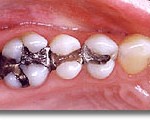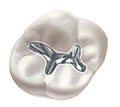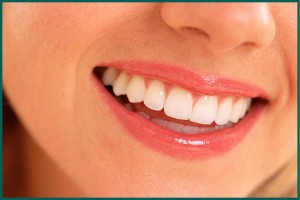 Dental restorations are placed to restore the function, anatomy and integrity of tooth structure which can be lost due to various reasons such as dental caries, trauma and etc. They can be broadly classified into two categories: direct and indirect restorations. Direct filling materials are used for chair side restorations where as indirect restorations such as crowns, bridges, inlays are fabricated outside the patient’s mouth. Before we venture into the pros and cons of different types of restorative materials, let me explain to you the requirements of an ideal dental filling material. Continue reading
Dental restorations are placed to restore the function, anatomy and integrity of tooth structure which can be lost due to various reasons such as dental caries, trauma and etc. They can be broadly classified into two categories: direct and indirect restorations. Direct filling materials are used for chair side restorations where as indirect restorations such as crowns, bridges, inlays are fabricated outside the patient’s mouth. Before we venture into the pros and cons of different types of restorative materials, let me explain to you the requirements of an ideal dental filling material. Continue reading
Tag Archives: dental restoration
Dangers of Amalgam Dental Fillings
Amalgam was first introduced in United States during 1833. It is then used widely as dental filling material over the years because of its strength, durability and low cost (especially for posterior teeth). It is now discontinued or banned in certain countries such as Norway, Sweden, Denmark because of its known biological effects on human body. Amalgam is made of metals such as Silver, Tin, Copper, Zinc and Mercury. 50% of amalgam is made of mercury and they are then mixed to form a hard material which has silvery grey appearance through a process which is known as amalgamation. Patients are exposed to high dose of mercury during the process of placing and removal of amalgam restoration. Continue reading
How to Decide Between a Dental Bridge and a Post
Dentistry is a very subjective area where a wide range of treatment such as dental bridge or a post is readily available to suit your needs. This can present challenges for both the dental practitioner and the patient in deciding which treatment option suits the patient best, taking into account the advantages, disadvantages, time and cost required to achieve desired results. As the dental practitioner may have very different opinion as to what is ideal, you being the patient need to clearly express your needs to the dentist and have a good discussion to avoid any misunderstandings and setting down reasonable and realistic expectations.
Why does a tooth needs a dental bridge or a post?
Often when a tooth is very broken down, there are several options to manage such tooth. Not pursuing with treatment is always an option, though always not recommended especially when associated with large areas of dental decay and the potential of infection. Another option is to place pins or post into the tooth. The former consist of small screws that are manually drilled onto the tooth while the later is an alloy post that is cemented into the root canal, hence the tooth will need to have been nerve or root canal treated prior to post insertion. Placement of pins or post will provide more retention and anchorage for the dental restoration. The last option is to extract the tooth. After extraction, a gap will be present and this can be replaced if desired. There are several options to replace a missing tooth, such as bridge, dentures or dental implants. Continue reading

